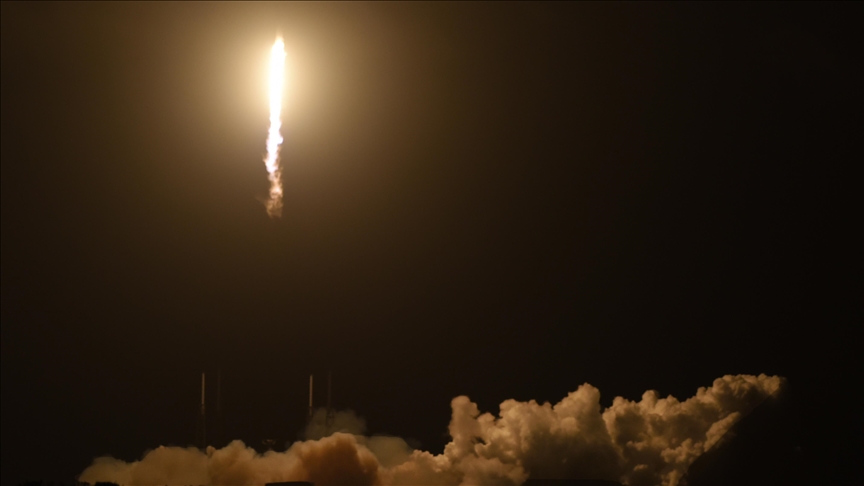
NASA's telescopes pursue enigmatic 'Green Monster' in stellar debris
Chandra, James Webb telescopes provide unprecedented insights, exposing 'Green Monster' structure and shedding light on a 340-year-old cosmic explosion
By Alperen Aktas
ISTANBUL (AA) - Astronomers have, for the first time, merged data from NASA’s Chandra X-ray Observatory and the James Webb Space Telescope to analyze the Cassiopeia A supernova remnant, giving insights into the "Green Monster," an unusual structure discovered in the stellar debris last April, the US space agency reported.
The study also provided new information about the explosion that formed Cassiopeia A approximately 340 years ago, from Earth's viewpoint.
The composite image features X-rays from Chandra (blue), infrared data from Webb (red, green, blue), and optical data from Hubble Space Telescope (red and white).
Additionally, infrared data from NASA’s Spitzer Space Telescope (red, green, and blue) is included in the outer parts of the image. The second image in the carousel highlights the outline of the Green Monster.
Chandra's data reveals hot gas from supernova debris, including silicon and iron. The blast wave in Cas A interacts with ejected gas, producing X-rays as electrons spiral around magnetic field lines.
Webb highlights infrared emission from dust in the hot gas and cooler supernova debris.
Chandra observed heated debris from the explosion, reaching temperatures of tens of millions of degrees due to shock waves, similar to sonic booms from a supersonic plane.
Webb, on the other hand, found "pristine" debris that remains unaffected by shock waves.
The NASA Hubble Space Telescope is a project of international cooperation between NASA and the European Space Agency (ESA).
Hubble was launched in 1990, but its main mirror had been ground incorrectly, and the optics were corrected to their intended quality by a servicing mission in 1993. Hubble is still active and the source of many discoveries as well as confirming the acceleration of the universe.
The James Webb Space Telescope was launched in 2021 to explore previously formed galaxies and the history of the universe. Its notable discoveries include many stars, exoplanets, and young galaxies.
Kaynak:![]()
This news has been read 834 times in total




Türkçe karakter kullanılmayan ve büyük harflerle yazılmış yorumlar onaylanmamaktadır.